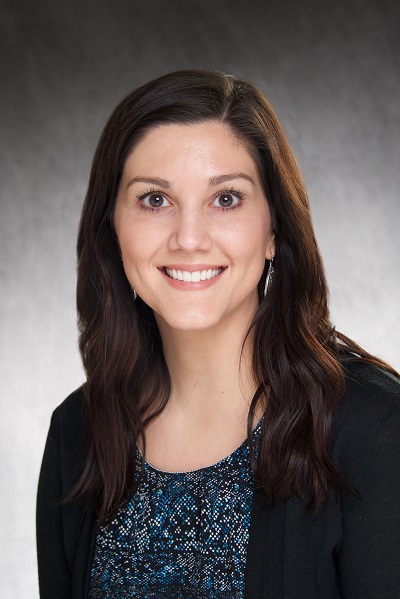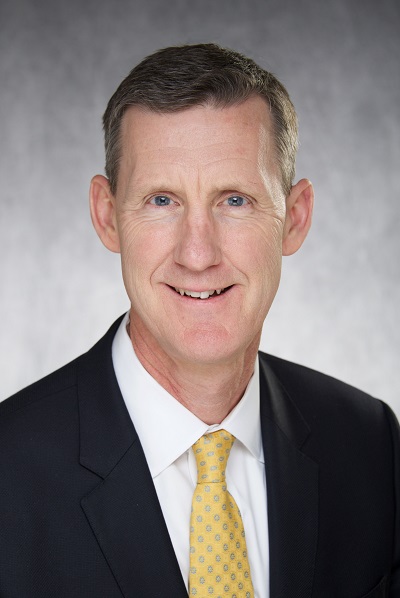U of Iowa saves $600,000 a year with new radiology workflow
University of Iowa Hospitals & Clinics.
The University of Iowa Hospitals & Clinics is a prestigious institution that for 28 consecutive years has been ranked as one of the nation's best hospitals by US News & World Report. It has more than 40 Pulitzer-prize winning faculty and alumni.
THE PROBLEM
Down in radiology, faculty and trainee radiologists were spending time on administrative and clerical tasks that interrupted the process of interpreting imaging studies and teaching residents. Many of the incoming calls to the reading room were not urgent or necessary, or could be handled by an administrative staff person.
In addition, there were calls out of the work room, including those to the image management team for loading of prior studies. All of these tasks reduced productivity, prohibited efficient delivery of reports, limited the ability to teach residents, and, perhaps most important, introduced a greater possibility for errors.
PROPOSAL
So the provider organization created the position of reading room coordinator. This person relieves the resident or faculty radiologists from many administrative tasks so they can concentrate on reading the imaging exam, viewing prior studies and delivering the diagnosis.
"Important phone calls to referring physicians can be made between studies and not during them," said Tara Sorg, administrative project specialist, department of radiology, University of Iowa Hospitals & Clinics. "The coordinator works as a liaison to communicate patient and exam information from providers, technologists and other healthcare personnel in an efficient and accurate manner."
This process enables radiologists to read additional exams and improve patient care by reducing interruptions that can lead to errors, provide more timely reports, improve referring provider communication, and train students from the residency and fellowship programs, she added.
MEETING THE CHALLENGE
After an eight-month pilot program, the provider organization hired a full-time reading room coordinator and implemented a new workflow. The reading room coordinator communicates information and builds a rapport with the professionals served, including referring providers, technologists, nurses and staff members.
"The coordinator triages calls from all sources that range from physicians who are calling about exam results to a technologist who has questions about an exam or calls from other service areas with questions," Sorg said. "Our new process allows residents to shadow radiologists and learn reading techniques instead of performing administrative tasks."
"The coordinator works as a liaison to communicate patient and exam information from providers, technologists and other healthcare personnel in an efficient and accurate manner."
Tara Sorg, University of Iowa Hospitals & Clinics
Each person involved in the imaging exam process has benefited from this new protocol, she added.
RESULTS
The University of Iowa Hospitals & Clinics, which uses radiology imaging and information technology from Carestream, has found that the reading room coordinator and new triaging system for reading workflow speeds delivery of radiology reports and avoids costs of $600,000 per year.
"Each radiologist saves approximately 2.5 hours per workday – an impressive achievement made possible by creating a workflow that limits interruptions and allows radiologists to devote their time to reading instead of other tasks," Sorg said. "Depending on the modality, each radiologist reads, on average, an additional eight to 10 CT, five or six MR and 15 to 20 ultrasound exams a day."
"All of this serves to enhance the work environment and can potentially reduce burnout."
Dr. Colin P. Derdeyn, University of Iowa Hospitals & Clinics
The numbers vary depending on the number of biopsies and procedures performed as well as staffing levels. This new process allows for a cost avoidance of $600,000 and increased reimbursements, Sorg explained.
ADVICE FOR OTHERS
"The majority of calls to a reading room do not need to be answered by a radiologist, or at least not immediately," said Dr. Colin P. Derdeyn, Krabbenhoft professor and chair, department executive officer, department of radiology, and director, Iowa Institute of Biomedical Imaging, University of Iowa Hospitals & Clinics.
A system or protocol to appropriately triage these calls reduces interruptions and enhances resident training, he added. Having a streamlined reading workflow also allows radiologists to discuss cases with referring physicians at more convenient times, he said.
"All of this serves to enhance the work environment and can potentially reduce burnout," he concluded.
Twitter: @SiwickiHealthIT
Email the writer: bill.siwicki@himssmedia.com


























